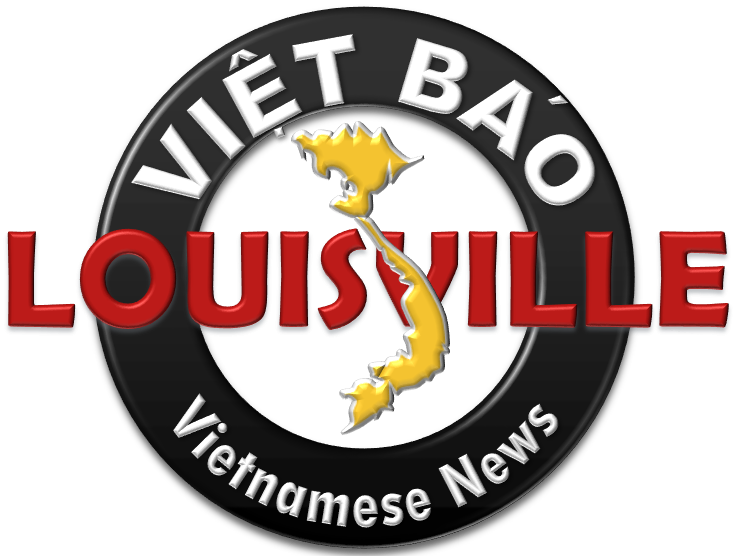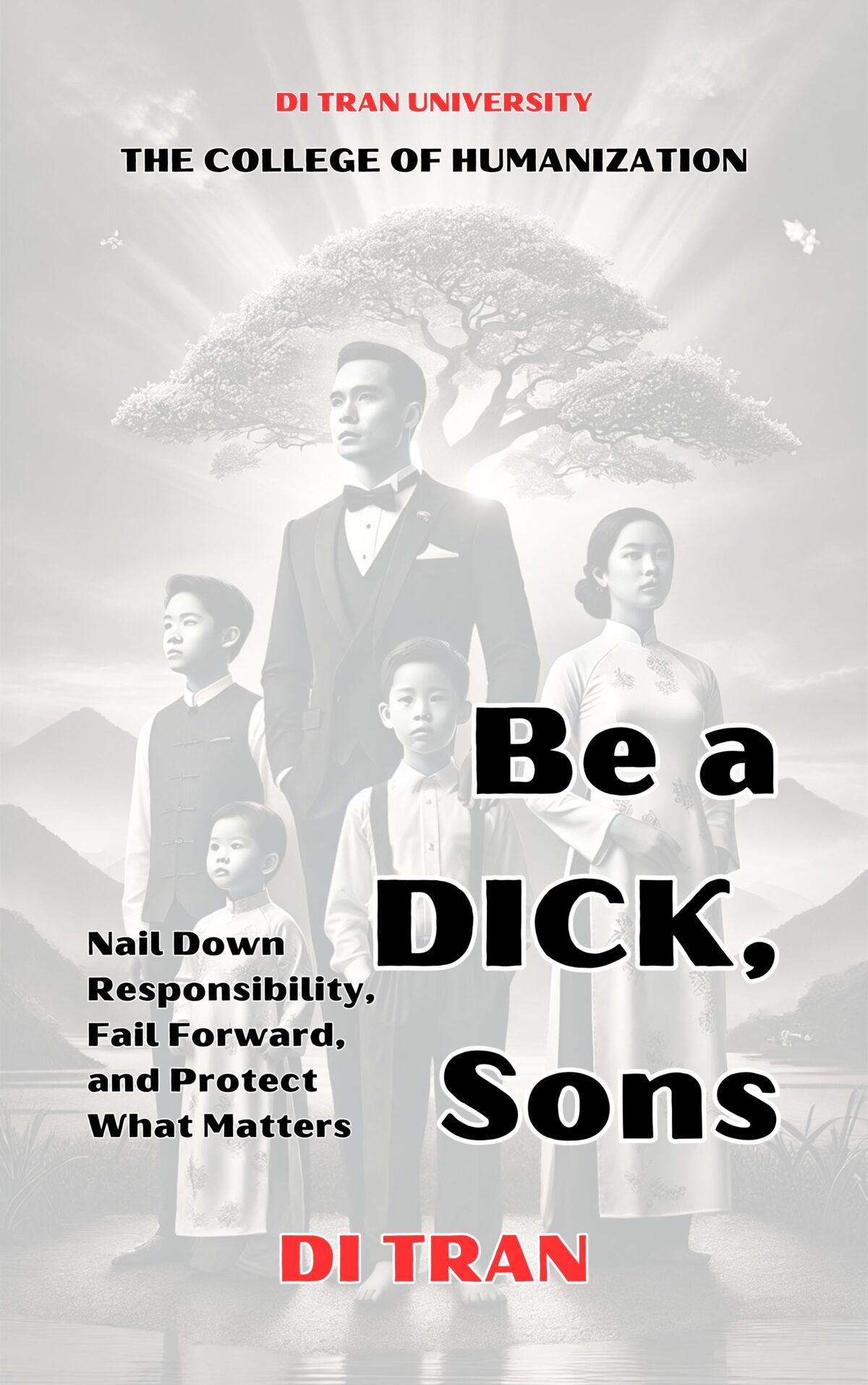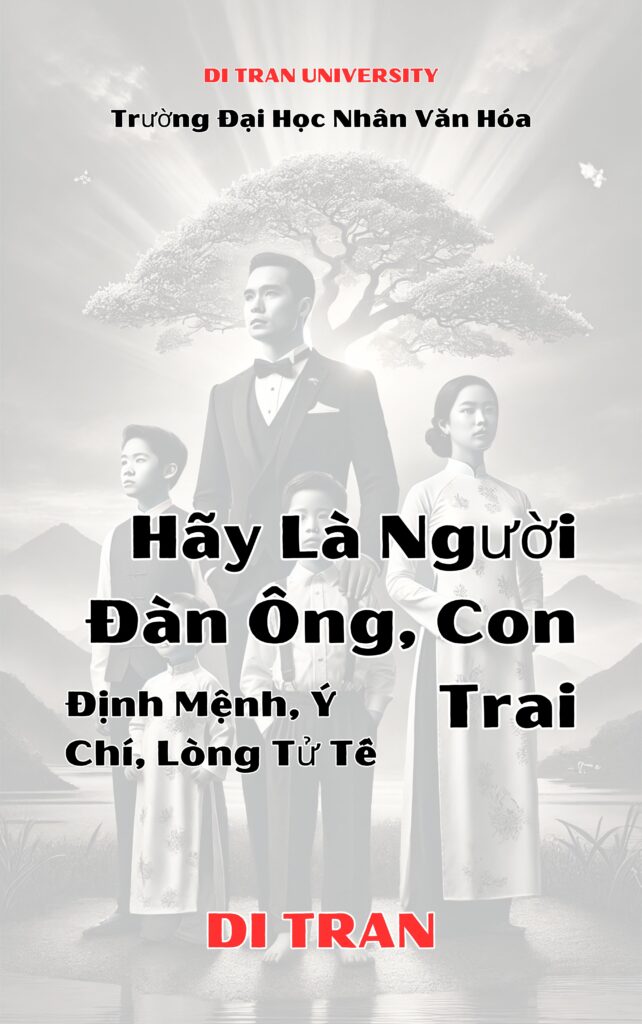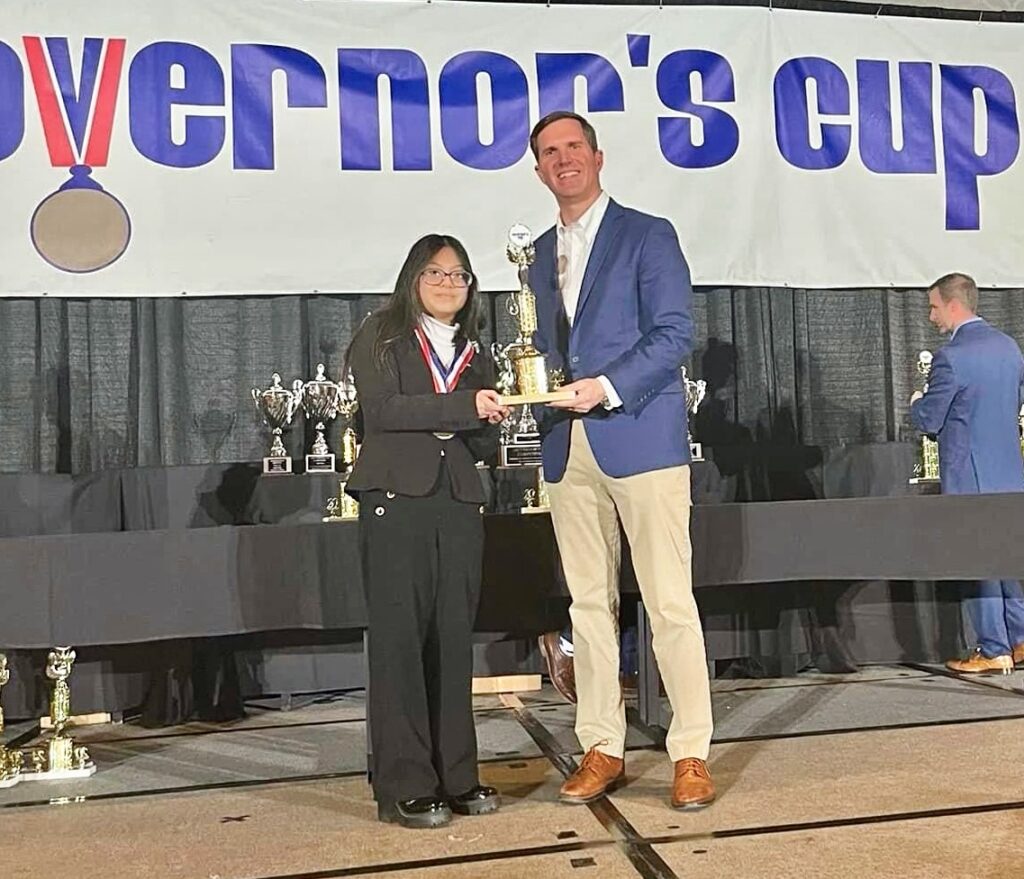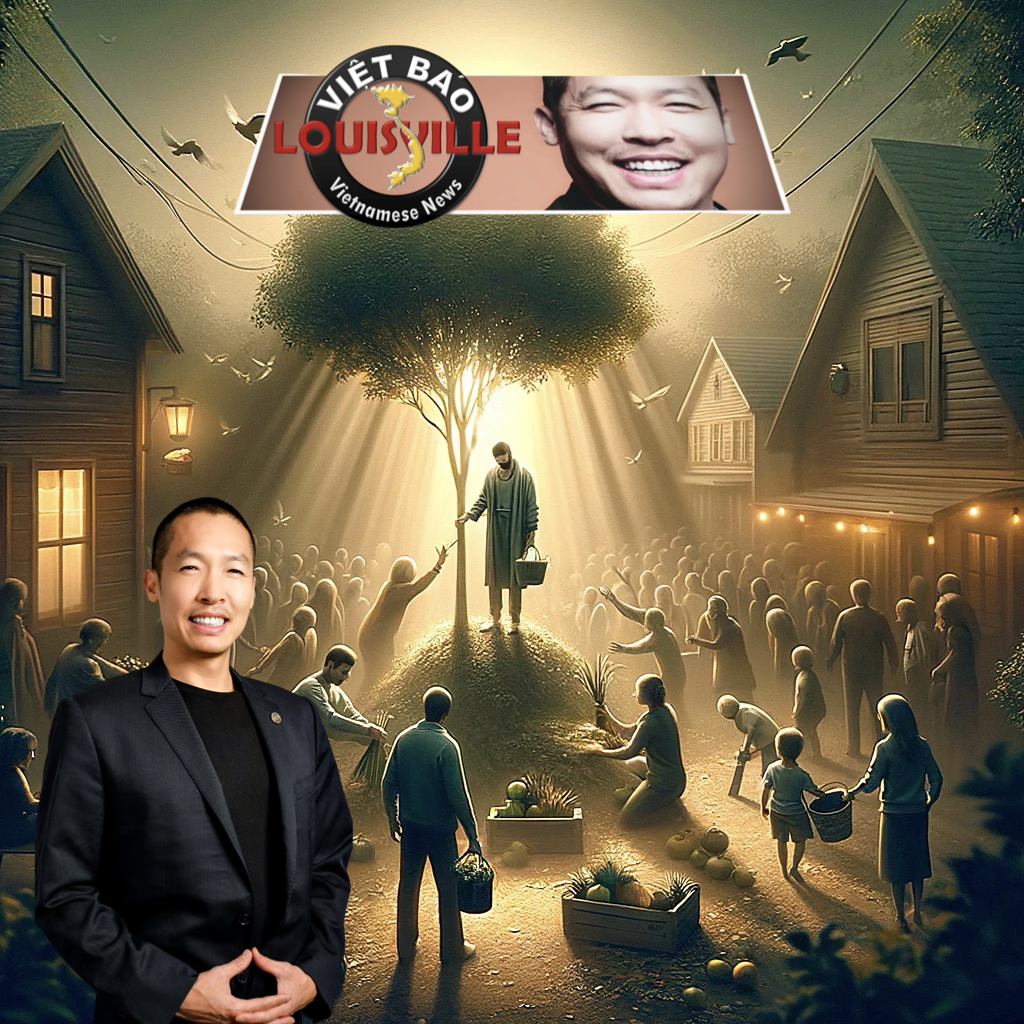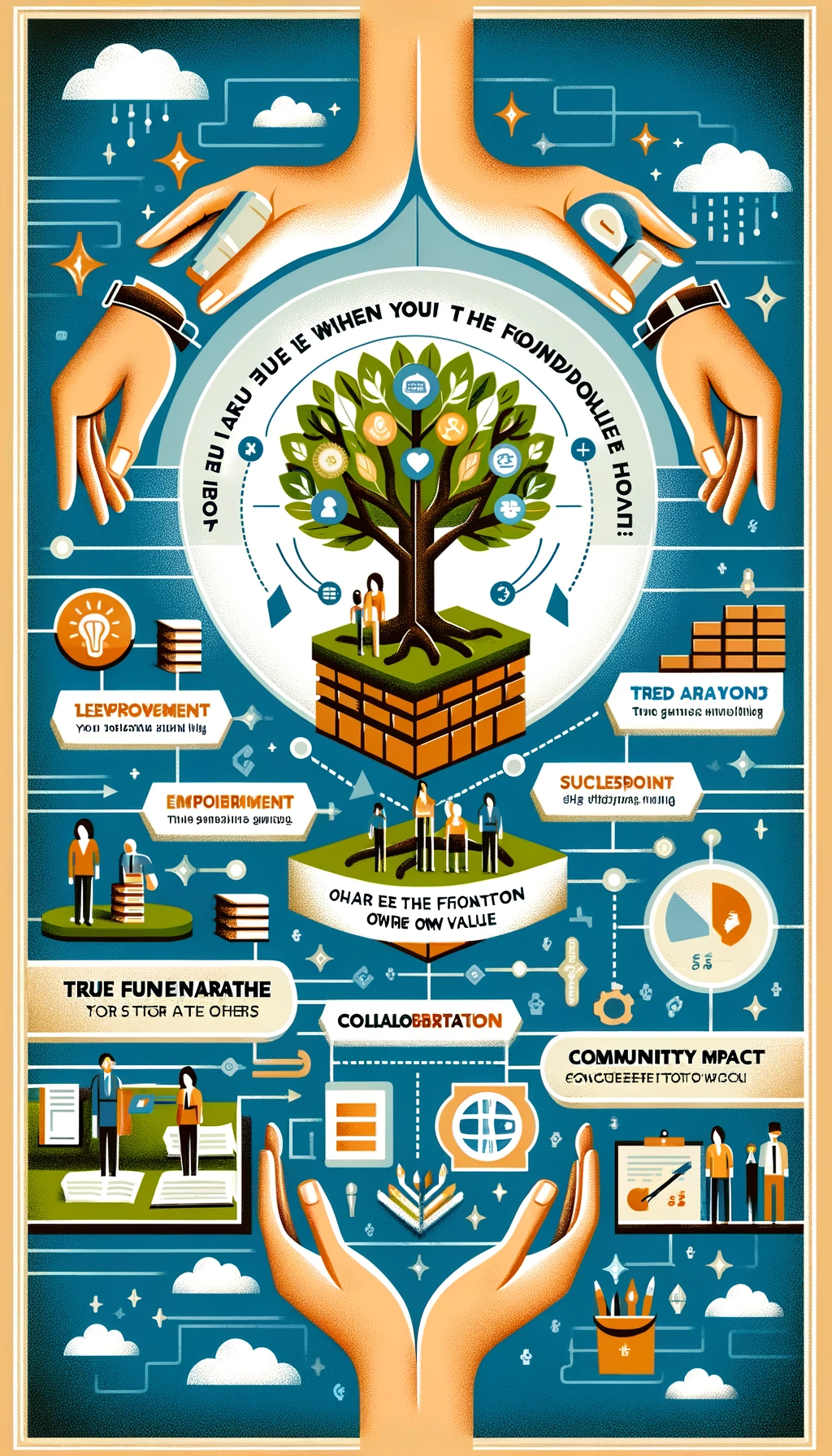How students, schools, and donors can thrive without federal loans – inspired by the Louisville Beauty Academy and Di Tran University model
A New Reality: The Post-Federal Student Aid Era
Federal student loan programs are undergoing seismic changes. Forgiveness plans are stalled, and traditional aid like FAFSA is no longer a sure lifeline. In fact, income-driven repayment and Public Service Loan Forgiveness (PSLF) have effectively been blocked or suspended – leaving many borrowers with monthly payments that quadrupled, some soaring to $900–$5,000 . Defaults are rising, credit scores are plummeting, and families are questioning the true cost and worth of an expensive college education .
A news alert from early 2025 announcing plans to dismantle the U.S. Department of Education. Such changes underscore the urgency for alternative education models.
This may sound alarming, but there’s a silver lining. With the decline of easy federal money, real value and honest pricing are back in focus. We are witnessing “the end of the federal free-money era” and perhaps the best thing that’s happened to education in decades . Schools now must compete on price and outcomes, not on access to government funds . And students are seeking faster, affordable pathways to careers. In this new reality, cash-based, debt-free education isn’t just a niche – it’s becoming the sustainable path forward .
One shining example leading this transformation is Louisville Beauty Academy (LBA) in Kentucky. LBA has shown that quality education doesn’t require taking on a six-figure loan – or any loan at all . And with the forthcoming Di Tran University initiative, this model is set to expand nationally as a future-ready approach to learning . Below, we offer guidance for students and schools to navigate this post-federal-aid era, and explain how nonprofits and donors can play a pivotal role.
For Future Students: Choosing Debt-Free, Cash-Based Education
If you’re a prospective student, the old “borrow now, pay later” mindset is fading fast. The collapse of federal aid programs means it’s time to plan your education around what you can afford, not what you can borrow. That doesn’t mean compromising on your dreams – it means pursuing them in a smarter, debt-free way. Look for schools and programs that prioritize transparent, pay-as-you-go tuition and practical skills.
Consider vocational and career-focused institutions like Louisville Beauty Academy or the upcoming Di Tran University network. These schools offer accredited training that you can pay for in real time, avoiding the debt trap. At LBA, for example, students don’t take out loans at all – they simply pay modest monthly installments and finish their program quickly . The result? Graduates enter the workforce with no debt weighing them down.
As you evaluate your options, seek programs where you can:
• Pay tuition in monthly installments with zero interest. The best schools today allow you to “pay as you go” on an interest-free plan instead of demanding lump sums . (At LBA, some plans start at just $100/month !)
• Finish training in a year or less. A shorter program means you start earning sooner. Most LBA students, for instance, graduate in under 12 months .
• Earn a recognized credential or license. Make sure the program leads to a tangible qualification (e.g. a cosmetology license, IT certificate, etc.) that employers value .
• Benefit from job placement support. Schools that partner with local employers give you a direct pipeline to a job after graduation . (LBA works with area salons and spas so graduates often walk straight into employment.)
• Avoid taking on any debt. This is key – confirm that the school’s payment plans or scholarships can cover costs so you don’t need federal loans or costly private loans .
Louisville Beauty Academy checks all these boxes ** **. With tuition capped under $7,000 (including supplies) – roughly half the cost of other beauty schools in the region – LBA has redefined value in education . It even offers a tuition-match guarantee (they’ll match a competitor’s lower price, if found) . This kind of student-first, cash-pay model is likely to become the norm. As a future student, aligning your plans with such debt-free programs will set you up for success in the new landscape.
And it’s not just about beauty school. Di Tran University, now in development through a partnership between LBA and the nonprofit New American Business Association (NABA), aims to bring this model to a range of career fields . The focus will be on purpose-driven, human-centered professions that AI can’t replace, from wellness to skilled trades . By the time you’re enrolling, you might find a Di Tran University campus or affiliate in your region offering low-cost, employment-focused degrees in fields like healthcare support, tech maintenance, or design – all on a cash-pay basis. In short, debt-free education isn’t a limitation, it’s an upgrade to a more practical and empowering college experience.
For Current Students: Navigating Rising Loan Payments and Uncertainty
What if you’re already in college or graduate school and counting on programs like IDR or PSLF to manage your loans? Many students in 2025 have been hit with an unpleasant surprise: with forgiveness programs stalled, loan bills have come due at full force. You might be seeing payments now that are several times higher than what you budgeted for . Don’t panic – there are actionable steps you can take to regain control of your education and finances:
1. Reevaluate Your Education Path. It’s OK to pivot if the costs have become unmanageable. Consider transferring to a more affordable institution or a community college to finish your degree. Even if you’ve completed a lot of credits, doing your last year at a school with lower tuition can save you thousands. For example, some students choose to transfer into Louisville Beauty Academy’s instructor training or specialized programs, gaining a marketable credential at a fraction of the cost they were paying elsewhere (LBA’s full program costs are often half of similar programs in neighboring states ). Every semester you pay in cash (instead of borrowing) is less debt on your shoulders.
2. Supplement with Low-Cost Certifications. If transferring schools isn’t practical, you can still boost your employability without more loans. Look into short-term courses or certifications you can pay for out-of-pocket. Perhaps you’re pursuing a bachelor’s but worried about its job prospects – you could take weekend classes in, say, esthetics or coding at a cash-pay school. Schools like LBA even offer 3-day microblading courses and other quick skill programs that are affordably priced . Such additional qualifications can help you earn income (or a better job) while you finish your main degree, easing the pressure of loan repayment.
3. Use No-Interest Payment Plans. If you remain at your current college, avoid piling on new loans for living expenses or remaining tuition. Ask if you can spread out payments. Many schools are starting to offer installment plans. Take inspiration from LBA’s model – their students finance their education through interest-free monthly payments . Even if your school charges a small fee for a payment plan, it’s worth avoiding high-interest loans or credit cards. The key is to budget month-to-month. Work part-time if you can and funnel those earnings directly into these monthly tuition payments. It requires discipline, but it prevents new debt from accruing.
4. Seek Employer or Community Support. Now is a great time to tap into any tuition assistance programs. Does your employer (or a parent’s employer) offer education benefits? Some companies will pay for a portion of your schooling if it relates to your job or if you commit to working for them for a time after graduation. Similarly, local nonprofits and workforce development programs might offer grants if you’re training in a high-demand field. At Louisville Beauty Academy, they’ve pioneered employer-sponsored tuition: local salons and spas help co-fund students’ tuition in exchange for a commitment to work there after licensure . Think of it as a work-back scholarship. Even if you’re not in cosmetology, you can propose a similar idea to businesses in your industry – many are eager to invest in talent. Don’t hesitate to reach out to community foundations or trade organizations as well, which often have scholarships for students in specific fields (nursing, teaching, IT, etc.) especially when public funding is uncertain.
5. Communicate with Your Lenders. This is more reactive, but if you truly cannot meet the new payment requirements, talk to your loan servicer. While federal programs are in flux, you might still explore options like refinancing with a private lender at a lower rate or extending the term of your loan (caution: that can increase total interest, but it can give breathing room now). Some states are discussing stopgap measures or temporary relief funds – for example, there’s attention on state-level initiatives to support students as federal aid contracts . Stay informed on any programs in your state. The bottom line: don’t just default without exploring alternatives. Protect your credit if you can, and use the above strategies to lighten the load.
Most importantly, keep looking forward. Even if you reduce your course load to work more, or switch schools, you are still on the path to your goal. Many of your peers are in the same boat, rethinking plans and making tough choices. By choosing the smarter, leaner route now, you’ll emerge in a few years with credentials and a manageable financial situation. The end of easy loans doesn’t mean the end of your dreams – it just means you’ll achieve them with more resilience and resourcefulness. And that’s something to be proud of.
For Schools: Adapting to a World Without Federal Aid
Educational institutions themselves face a reckoning. If you are an administrator or school owner reliant on federal student aid (Pell grants, federal loans, etc.) for your enrollment and revenue, the changes in policy can seem dire. But schools that adapt swiftly can not only survive – they can lead in this new era. Here’s how existing schools and colleges can adjust their strategy:
Embrace Transparency and Affordability. With federal funds drying up, prospective students and families are laser-focused on cost and outcomes. It’s time to take a hard look at your tuition and fees. Trim the fat wherever possible – find efficiencies in operations so you can lower tuition sticker price and still cover costs. The goal is to reach a price point that students can reasonably pay out-of-pocket or with minimal financing. Louisville Beauty Academy’s success is instructive: LBA caps tuition for its programs under $7,000 (inclusive of books and kits) , far below competitors charging $12k–$25k. Yet LBA still delivers quality training and has a profitable business model. How? It operates lean, employs multi-skilled staff, and avoids expensive frills that don’t serve learning. By competing on price and value rather than amenities, you can attract the growing pool of cost-conscious students. Remember, when students ask “How quickly can I get trained and start working?”, you want to have a compelling answer . Schools that can proudly advertise transparent, low tuition and strong job placement rates will have the edge when loans are no longer footing the bill.
Adopt (or Partner on) the Di Tran Model. One innovative approach for schools is to separate the educational mission from property ownership and investor pressures. The Di Tran University model, pioneered in Louisville, does exactly this: it uses nonprofit and community investor funding to purchase campus facilities, while the school itself runs on a cash-flow (tuition-funded) basis . In practice, that means your school might partner with a nonprofit that raises donations to buy your building or build your next location. Freed from mortgage or lease costs, you could charge much lower tuition. LBA is already doing this for its expansion – new campuses in Lexington, KY and beyond are being financed entirely through philanthropic investments in real estate . The school then simply operates in those buildings, charging students only what’s needed for instruction, not to cover capital expenses. It’s a revolutionary yet simple idea: donors fund the infrastructure, students fund the education. If you’re a school owner, consider reaching out to partner with initiatives like NABA or Di Tran University. By collaborating, you might transform your institution into a branch of a broader, mission-driven network. Di Tran University is actively designing a scalable national network of purpose-based colleges anchored in affordability and real employment outcomes – why not be part of that future? Schools can share curriculum resources, pooled marketing, and the credibility of a larger brand, all while maintaining local autonomy in day-to-day teaching. The blueprint is replicable: Louisville Beauty Academy proved it works, and now Di Tran University and NABA are ready to help other schools adopt the model .
Leverage Local Funding and Legislation. In the absence of federal dollars, look closer to home. Many state governments and city councils are investing in workforce development and vocational training. Kentucky, for example, authorized $75 million in 2024 to upgrade vocational schools and facilities – money that schools like yours could tap into. Engage with your state’s education officials and lawmakers. Make the case for why your program is essential for the local economy and how funding infrastructure or scholarships for your students will pay off in job creation. LBA has been working directly with Kentucky’s legislature to ensure vocational education receives funding and facility grants . Your school can likewise become a local champion for affordable education. Pursue grants, propose public-private partnerships, and show that by investing in your school, the community is effectively investing in its own workforce. Additionally, strengthening ties with local employers can attract sponsorships – hospitals might support nursing programs, tech companies might sponsor an IT academy, etc., especially if those employers get a pipeline of trained graduates in return.
Double Down on Outcomes. Lastly, a strategic shift for any school now is to prioritize job outcomes over degrees-for-degrees’ sake. In a debt-free education model, the question isn’t “How many years is the program?” but “What will graduates be able to do and earn?”. Align your curriculum with industry needs. Shorten programs if you can, or break them into smaller certificates that stack into a degree – allowing students to hit milestones and gain employable skills each step of the way. For example, instead of a 4-year all-or-nothing program, consider offering a 1-year diploma with an option to continue further. Students may opt to start working after the first credential and come back later for more, paying as they go. Flexibility will be key. When your alumni succeed, spread the word: testimonials of students who graduated debt-free and found good jobs are powerful. In the post-federal-aid world, schools must prove their worth every day. The good news is, if you genuinely equip students to “gain real skills that help them serve others and thrive,” you’ll earn trust and reputation . Those institutions that remain stuck in the old tuition-and-loan cycle, however, will struggle to survive. So be proactive, be creative, and make affordability and employability your competitive advantages.
The Power of Nonprofits and Donors: A Generational Solution
A cornerstone of the LBA/Di Tran model is the strategic use of nonprofit support and donor funding to achieve debt-free education. The New American Business Association Inc. (NABA) – a 501(c)(3) nonprofit co-founded by entrepreneur Di Tran – illustrates how this works. NABA’s mission is to enable affordable education and entrepreneurship, and one of its tactics is buying real estate for schools through charitable donations. This approach has tremendous advantages:
• Donor funds go toward capital assets, not operating costs. Instead of writing a check that a school might use up on salaries or advertising, donors to NABA know their contributions are used to purchase or build educational facilities . For instance, a wealthy alum or community member might donate $100,000 which NABA then uses as a down payment on a new building for a school campus. All of a sudden, the school doesn’t have a landlord or bank loan to pay. By lifting that burden, the school can charge students only for the remaining expenses (instructors, materials, utilities, etc.). In other words, owning the building outright allows the academy to offer tuition at a bare-minimum price – truly just the cost of education.
• Long-term stability and legacy. When a nonprofit owns a school building, it’s essentially creating an asset that will serve students for generations. A group of baby boomer donors, for example, can pool resources through NABA to buy a facility in their hometown that becomes “Di Tran University – [City Name] Campus.” That campus could educate thousands of young people over the next few decades, all tuition-funded with no debt required. Donors love this model because it creates a real, tangible legacy. As NABA puts it, they are helping build “real estate-backed legacies that house learning for decades to come.” It’s more impactful than a one-time scholarship – it’s an investment in the community’s educational infrastructure. And if needed, those buildings can even serve as collateral to secure additional low-interest funds or grants, ensuring long-term sustainability . It’s a virtuous cycle: community funding builds the school, the school produces skilled graduates who strengthen the community, and the presence of a successful school increases the value and vibrancy of the community’s economy.
• Tax benefits and incentives. The partnership between nonprofits and education isn’t just good-willed – it’s supported by law. Donations to a qualified 501(c)(3) like NABA are tax-deductible for the donor under federal law . That means individuals or businesses contributing to these projects can often write off the donation, reducing their tax liability. This incentive can be a huge motivator, especially for donors who are nearing retirement and looking to give back (while also managing their taxable estate or required distributions). On the school side, having a nonprofit own the property can confer tax advantages too. In Kentucky, for instance, property owned and used by an educational nonprofit is exempt from state and local property taxes . That’s a significant saving year after year. The nonprofit can also often access grants and public funds that a for-profit school might not qualify for, further boosting the resources available. In short, the government encourages educational philanthropy through these tax mechanisms – it’s a win-win for donors and schools.
• Public trust through transparency. Nonprofits are required to be mission-focused and transparent in their finances. NABA, for example, must report on how donations are used to further its educational and charitable mission. This transparency builds trust with donors and the public. A donor can see that 100% of their gift went into a building fund, not into some administrative black hole. And the community can see the nonprofit’s board and leadership are stewards of the mission, not profiteers. This matters because unfortunately some for-profit colleges in the past have earned bad reputations for taking student loan money and providing little value. In contrast, a nonprofit-backed school model signals accountability. The school isn’t trying to maximize profit; it’s trying to maximize impact. That narrative not only attracts donors but also appeals to students and parents who are understandably skeptical these days. It’s comforting to enroll in a school that’s supported by community leaders and run with a service mindset.
The New American Business Association (NABA) has been actively championing this approach. Every dollar NABA raises is funneled into expanding Louisville Beauty Academy and establishing Di Tran University branches across the country . They call upon those who have done well in life – often local business owners or retirees – to invest in the next generation by funding education facilities . And many are answering that call. If you’re a potential donor or even a school leader, consider joining forces with such a nonprofit. Whether through direct donations, offering land or buildings you own, or forming a local advisory partnership, you can be part of a new legacy. As one LBA initiative slogan puts it, “No Debt, No Stress” for students, enabled by the generosity and foresight of community supporters. With relatively modest contributions pooled together, we can create permanent, debt-free educational opportunities in communities nationwide.
Legal Foundations: How This Model Stands Up Under Law
It’s important to address the legal context that makes all of the above possible. What may seem like uncharted territory – nonprofits owning school property, or charities partnering with for-profit colleges – is actually supported by a framework of federal and state laws.
Nonprofit Ownership of Educational Property: In the U.S., nonprofits (especially those with 501(c)(3) status) are not only allowed to own property, it’s common – think of churches, private universities, or charities that own thrift stores. The key is that the property must be used to advance the nonprofit’s tax-exempt purpose. Education is a recognized charitable purpose. Under Kentucky law, for example, the state constitution (Section 170) explicitly exempts from property tax any real estate owned by institutions of education or purely public charity, as long as it’s not used for private gain and the income is devoted solely to the cause of education . This means if a nonprofit like NABA acquires a building and uses it for a school like LBA or Di Tran University, that property is typically not subject to property tax – a substantial legal benefit that keeps overhead low. Federally, a 501(c)(3) nonprofit can also earn rental income or other revenue from a property it owns tax-free, provided that income is related to its mission (education, in this case) . In practice, if NABA owns a campus and the school (even if technically a for-profit company) pays a nominal rent, NABA can use that rent money entirely for its educational mission, with no federal income tax on it (and likely no state tax either, per Kentucky statutes) . Nonprofit property ownership for education is not only legal; it’s encouraged via these tax exemptions that acknowledge the public good being served.
Partnerships Between Nonprofits and For-Profit Schools: Can a nonprofit and a for-profit really work together without running afoul of IRS rules? Yes – if done correctly. The IRS has provided guidance on this in what are known as “joint venture” rulings. A landmark ruling in 2004 (Revenue Ruling 2004-51) clarified that a 501(c)(3) nonprofit can participate in a joint venture with a for-profit entity without jeopardizing its tax-exempt status, so long as certain conditions are met . Chief among those conditions: the venture must further the nonprofit’s exempt (educational) purpose, and the nonprofit must retain enough control to ensure its charitable mission prevails . In practical terms, this could mean the nonprofit and the school form a partnership or an LLC to own a campus or run a program, with governance shared 50/50, and the nonprofit having veto power over any decisions that stray from the educational mission . The IRS also requires that the arrangement not unduly benefit private interests – the classic “private benefit” test . The nonprofit’s involvement has to be exclusively in furtherance of its mission, and any benefit to the for-profit (like earning revenue or enhancing its business) should be incidental to achieving the educational purpose . What does this mean for, say, NABA and Louisville Beauty Academy? It means NABA could legally own a stake in the school or its assets, or run a program jointly with LBA’s owners, as long as educating students (not making money) is the driving goal. The contracts (lease agreements, etc.) would need to be at fair market value and negotiated at arm’s length, to ensure neither side is getting a sweetheart deal. When structured properly, such partnerships are not only legal – they’re increasingly common in healthcare and education sectors where private and public interests intersect. The law essentially says: so long as the nonprofit partner keeps the venture aligned with its public-service mission, it can work with for-profit entities as a force multiplier. This legal flexibility is what allows Di Tran University (a not-for-profit initiative under NABA) to collaborate with a for-profit like LBA to everyone’s benefit. The nonprofit brings in donations and oversight, the for-profit school brings in educational expertise and agility, and together they serve more students. It’s a model fully within the bounds of federal law, and state law will generally respect the same boundaries.
Tax-Deductible Donations and Funding: As mentioned, one of the biggest legal incentives powering this movement is the tax deductibility of donations. Under Section 170 of the Internal Revenue Code, donations to a 501(c)(3) are tax-deductible to the donor (assuming they itemize deductions) . If a retired individual donates $10,000 to NABA, that may reduce their taxable income by $10,000, which can be a sizeable savings come tax time. Businesses can often deduct charitable gifts as well. Moreover, the nonprofit itself is tax-exempt, so it can use the entire donation for its mission – none of that gift will be lost to income taxes. Donors can also give in non-cash ways: donating appreciated stock (getting a deduction for market value and avoiding capital gains tax), or donating property directly (which is how some schools obtain their buildings). These tools are encouraged by tax policy because Congress wants to promote private support of education and other charitable causes. On the state level, many states echo these tax breaks. Kentucky, for instance, not only provides property tax exemption as discussed, but also exempts nonprofit educational organizations from state income tax and even certain sales taxes . The legal context is actually very favorable for what LBA and Di Tran University are doing. It’s simply a matter of more people learning about these opportunities and taking advantage of them.
In summary, both federal and Kentucky law provide a solid foundation for this new educational model. Nonprofits can own and support schools (and are rewarded with tax incentives for doing so), public-private partnerships in education are permissible when focused on the public good, and donors are encouraged through tax benefits to invest in educational causes. All the legal pieces are in place; it’s now about execution and awareness.
Conclusion: A Future of Opportunity and Optimism
Standing at the crossroads of an educational revolution, it’s clear that the end of the easy-loan era is not a disaster – it’s a turning point. We are returning to the roots of what education is supposed to be about: learning useful skills, at a reasonable cost, to better oneself and one’s community . The Louisville Beauty Academy has demonstrated that this ideal is achievable today, not in some distant future. Every day, LBA students gain valuable professional skills without taking on debt, proving that motivation, mentorship, and a modest monthly payment can accomplish what massive loans never could . Now, with New American Business Association and Di Tran University expanding this blueprint nationally, the potential exists to replicate this success across all kinds of fields and regions .
For students, this future means freedom. You can pursue your passions without the specter of decades-long debt. You can enter adulthood ready to build wealth, not pay off interest. For educators and schools, it means a refreshing realignment with student interests – no more gaming the loan system, but rather truly serving learners in a competitive marketplace where quality and cost matter. For donors and community leaders, it means a chance to leave a legacy that genuinely changes lives, by putting education back into the hands of the community. Instead of lamenting the loss of federal support, you are part of the solution, innovating new ways to uplift the next generation.
Is this a easy transition? Of course not. There will be growing pains. Not every institution will adapt successfully. But those who innovate and stay student-centered will thrive. The writing is on the wall: “Cash-based education is back.” People want it, and America needs it. If you’re reading this as a student, take heart – there are more paths and second chances now than ever, especially as the debt-free education movement gains steam. If you’re an educator or policymaker, know that what might seem like an upheaval is actually an opportunity to fix long-standing issues of access and equity. We can create an education system where students graduate ready to contribute, without the ball-and-chain of debt holding them back.
Louisville Beauty Academy’s story is just the beginning. It shows what’s possible when we put people over profit and community over bureaucracy . As this model spreads through ventures like Di Tran University, we may well look back on this decade as a time of positive transformation in American education. Together – students, schools, donors, and communities – we can ensure that affordable, practical, and inspirational education is available to all, no matter what changes come from Washington. The post-federal-aid era, in the end, might just be the era that empowers millions to chase their American Dream without fear or hesitation. And that is something to be genuinely excited about.
